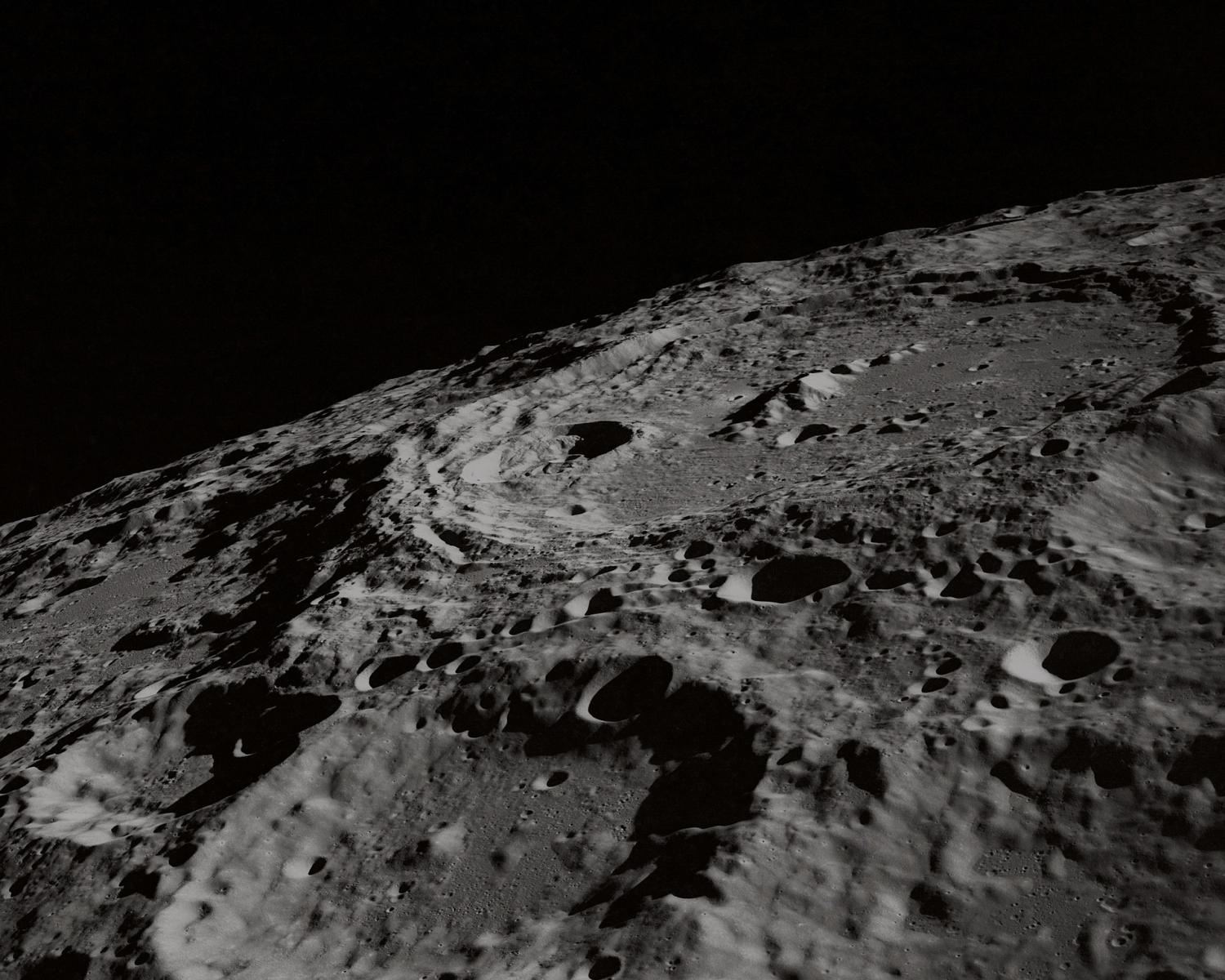On Feb. 22, a lunar lander named Odysseus touched down near the Moon’s South Pole and popped out four antennas to record radio waves around the surface—a moment University of Colorado Boulder astrophysicist Jack Burns hails as the “dawn of radio astronomy from the Moon.”
“We viewed Earth as an exoplanet, or a planet orbiting another star,” Burns said. “That enables us to ask: What would our radio emissions from Earth look like if they came from an extraterrestrial civilization on a nearby exoplanet?”
As Odysseus was traveling to the Moon, one of the ROLSES antennas slightly overheated and popped out of its housing on the lander. (A selfie from the spacecraft shows the antenna sticking out in space). It turned out to be a stroke of good luck, Burns said.
The team used the accident to look back at Earth and record radio waves emanating from the planet for nearly an hour-and-a-half. Human technologies, including cell phones and broadcast towers, churn out radio radiation on a near constant basis.
Burns noted that scientists may be able to look for similar fingerprints coming from planets far away from our own—a potential sign of intelligent life.
Because NASA is going to send two or three landers to the Moon every year, we have a way to upgrade our instruments and learn from what goes wrong in a way we haven’t been able to do since the early days of the space program.


